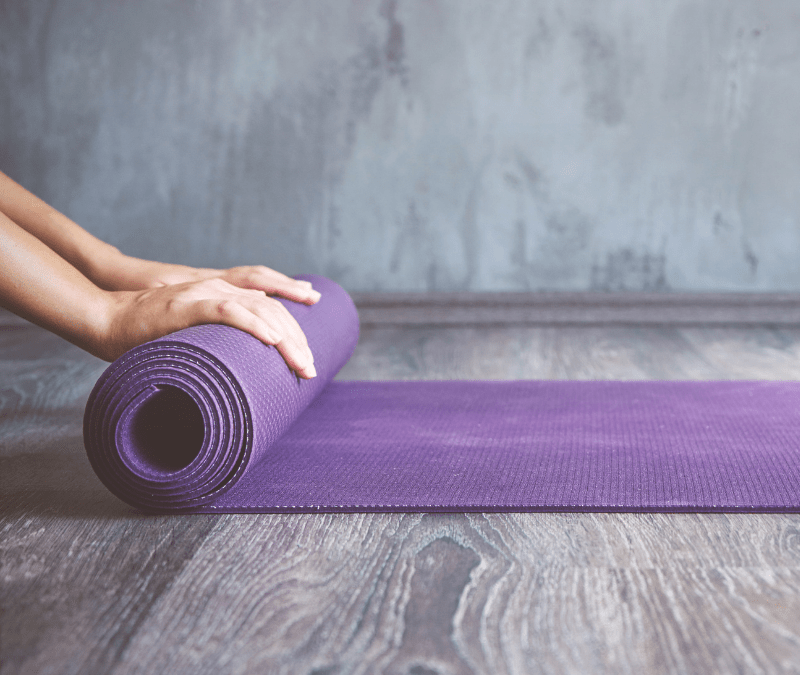Here’s what you need to know before unrolling your mat
Many public yoga classes are geared towards a broad population, from beginners, to decades-long practitioners. It makes sense because yoga is accessible for all people and can be modified for different abilities. As well, with the pandemic forcing many studios to pivot and narrow their offering, many focused on the basics in an effort to reduce cost while continuing to offer classes for a smaller, but broader customer base. That meant, all level yoga classes rather than customizing for different experience levels.
While avoiding labels or levels can help bring more people to yoga class, it’s important to approach an all levels class with a mindset that supports your success. I remember being nervous about walking into a studio for the first time. I would agonize about whether or not I would be able to keep up with the class, and whether I “should” join an open level class or look for a beginner option. As time passed, I questioned whether or not my years of experience really qualified me for a level two or advanced class. There were times I stayed home rather than try a class for fear of being in the wrong room – out of my league in an advanced class or bored in an all level yoga class.
I don’t want anyone to miss out on the benefits of yoga because you struggle with this. Attend an all levels yoga class whatever your experience level, but go into the class knowing these four things.
You are not meant to mimic the teacher or any other student.
It’s YOUR practice. If something doesn’t feel right in your body, then don’t do that thing or do it in a way that feels OK for you. This might mean bringing your knees to the floor to add support in a plank or push up-type pose, or moving your feet closer together or farther apart in lunging poses. Choose to walk your feet to the top of your mat from Downward Dog rather than attempting a jump forward. Keep your knee lifted off the floor rather than resting your weight on it in a low lunge if you have bursitis or knee pain. Embrace the options suggested or use your own.
It’s OK to experiment.
Many teachers will offer options beginning with a gentle or more supported version of a pose and moving towards increased difficulty. Try the different versions to find what feels best for you. As the class progresses, there may be less reminder of these pose variations, but that doesn’t mean they aren’t available to you. Continue to use your preferred option or to try some of the modifications.
Take a break when needed.
Before you enter a class, know there are two or three poses that you can always turn to for a rest if needed. When your muscles are fatigued enough that you find yourself using momentum to move through a Vinyasa and are speeding through Chaturanga that’s a good sign that you need a break. It’s these times when we may start overextending a joint or taxing other muscles such as in the low back and risk injury. I like a pause in Downward Dog or changing the intensity of the Vinyasa flows by keeping my knees down for a gentler push up. Child’s Pose and Easy Pose (sitting cross-legged) are good breaks when I am struggling to maintain slow, steady breath. Lying in Savasana is also an option. At any point, if you feel anxious or agitated, take a break and focus on your breath, which is yoga. You’re still practicing yoga.
You may struggle. That’s the point.
We take a class to learn something. In the process of learning, there’s always frustration as we come up against our gaps. Yoga is no different. Even if you know all of the poses, your body and mind is different every single day. So what seemed “easy” for you on one day, say balancing in tree pose, may be very challenging on another day. You may not be learning the pose, but you’re learning how to stay with it on days when your balance isn’t there. You’re learning how to be kind to yourself when your inner voice starts tsk-ing your abilities. This is especially relevant for more experienced practitioners taking an all level class.
Approaching a yoga class with curiosity and a beginner’s mind can make every class new, with something to teach you. Whatever your yoga background, I encourage you to stay open to the possibility of a new perspective from each class you take.
